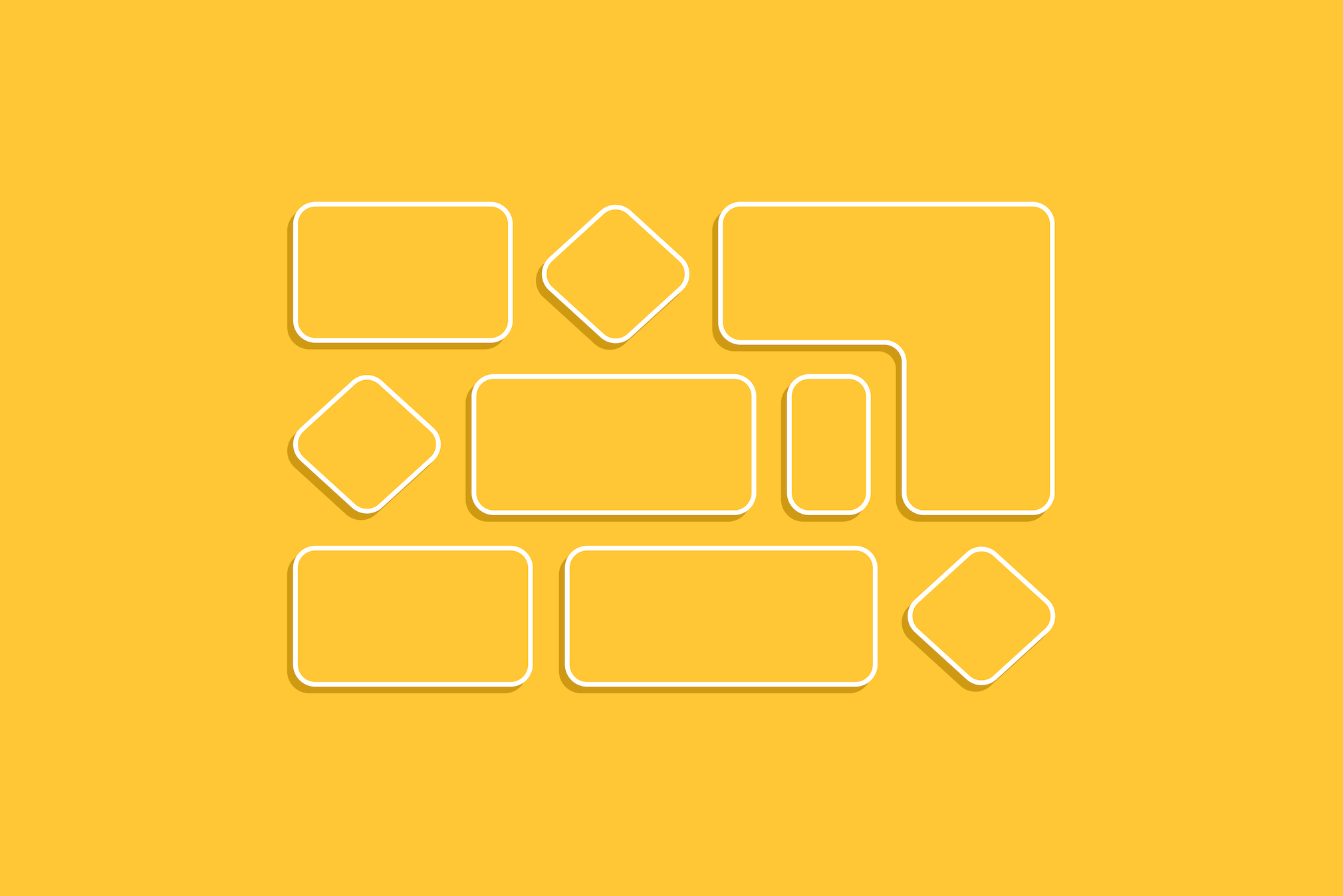Highlights from the 2022 AIGA Design Leadership and Advocacy Conference.
At Luminary Labs, we think about design all the time — even though most of us are not “designers” — and our team has a shared appreciation for “Design with a capital D.” We believe most choices we make at work are design choices; even something as simple as deciding to pick up the phone instead of sending a Slack message is a design decision.
Designing large-scale programs requires thinking about all the choices that could lead to the desired end result. For an open innovation challenge like MagQuest, design decisions included helping likely solvers see themselves in the problem, offering meaningful incentives, creating an inspirational identity, and providing upfront technical assistance to level the playing field. When our designs are successful, all of those decisions prompt actions and reactions that lead to real impact.
Last week, I had the privilege of joining Ashleigh Axios, Maia Z. Laing, and Arianne Miller at the AIGA Design Leadership and Advocacy Conference in Washington, D.C. During our panel discussion, we examined design’s role in the development of critical technologies — and how advocating for design contributes directly to the transformation of businesses, organizations, and institutions. Here are a few highlights from our conversation:
- Solving for unmet needs means finding the intersection between human needs and business needs. Maia shared that it’s not enough for executives to dream up a customer persona — organizations must engage with real people. But it’s also not enough to solve for a human need; if a solution isn’t relevant to the organization’s interests, it won’t gain support from decision-makers. The best solutions are designed for both end beneficiaries and organizational stakeholders.
- Understanding the system. The Lab at OPM is transforming government organizations through human-centered design, but there are few “designer” roles at federal agencies. Arianne shared that when a designer applies for a federal government job, there is a good chance their title will be something like “Management Program Analyst.” To effect change from within an organization, designers must first understand the system — that includes how titles work, how decisions are made, and who signs the checks.
- Hugging the lawyers. Lawyers and designers have a lot in common: Both have critical roles and often feel misunderstood. Not unlike designers, lawyers are charged with protecting entities and advancing solutions. Effective design understands those needs, engages with legal stakeholders early and often, and practices empathy.
- Designing for what you can do — not for what you can’t do. Every organization has limitations, from availability of tools to accessibility requirements. Instead of fearing guidelines, rules, and regulations, embrace them. Constraints can lead to better design; it’s possible to “crush compliance” with solutions that are both elegant and accessible. Those who understand and design for trade-offs can earn trust and support, ultimately creating more sustainable solutions.
Years ago, Phin Barnes shared with me that “entrepreneurs are the designers of companies.” The decisions we’ve made along the way — which benefits to offer, how to structure teams, what services we provide to our clients — have made us who we are. If you’re someone who loves designing with non-designers, reducing complexity, identifying business needs, and delivering on shared design goals, we’d love to meet you: We’re hiring a Design Manager in New York.


